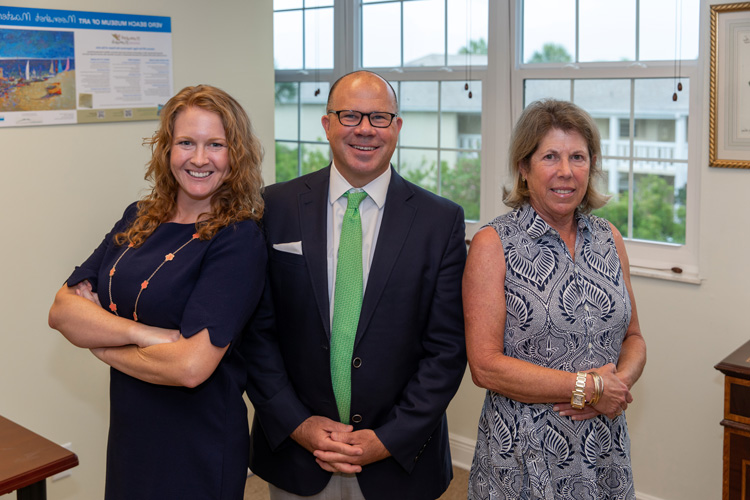
The United Way of Indian River County and other groups are launching a Community Needs Assessment to get a handle on the scale of poverty and social need in an area that is very near the top of a national list that calculates income inequality.
Although Vero Beach is renowned for its beachside beauty and the affluence of its island residents, there is another side to the story. According to the United Way, 51 percent of Indian River County households struggle to pay for such basic necessities as food, housing and childcare.
That was the finding of the group’s February 2019 ALICE report (Asset Limited, Income Constrained, Employed).
Meanwhile, a July 2018 report from the Economic Policy Institute shows the Vero-Sebastian metro area has the fourth most extreme income inequality in the country, with the top 1 percent of households having an average income of $2,519,981 while the remaining 99 percent average just $39,710.
The purpose of the first comprehensive Community Needs Assessment done here since 2008 is to pinpoint unmet needs, identify community strengths and assets available to meet the needs, eliminate some duplication of services and help foundations better allocate their resources so they have the most impact on people’s lives.
Conducted by Q-Q Research Consultants, the assessment has five focus areas: services for children, economic opportunity, housing, health and senior services. Consultants will gather survey data, convene focus groups, interview end-users, analyze the information and then make recommendations based on the findings. The process will incorporate existing data from the ALICE report and already completed Senior Needs and Health Needs assessments.
Some members of the community have already received emailed invitations to complete a confidential survey, which is open to all permanent and part-time residents of Indian River County. The survey, which will be conducted through the end of the year, is also available on the United Way website, unitedwayirc.org.
According to Meredith Egan, United Way chief operating officer, the report will provide a broad view of overall needs, ascertain areas of oversaturation and gaps in services, and identify specific areas where programming or collaboration might be effective.
“It’s designed to inform people how to make better decisions about their granting,” says Jeff Pickering, CEO of the Indian River Community Foundation. “Many of us are using the best data available to us, and in some cases it’s 4 years old and in the case of broader community needs it’s 10 years old.”
Pickering says roughly $225 million in contributions is donated each year to local charities, and the new assessment will provide both foundations and individual donors with a more accurate way of determining which organizations will receive their philanthropic dollars, whether the grant might have a ripple effect, or whether there might be a rationale for granting funding over time.
“If we know that in some cases it’s going to take a few years to impact an issue, we could make a commitment up front for multiyear grants,” adds Egan.
Pickering says that while he frequently hears comments about the duplication of efforts among charities, often organizations that do similar work operate in different parts of the county.
“To say that an organization down on Oslo Road with an afterschool program, like Pelican Island Audubon Society, is duplicating the services of the Boys and Girls Club or Gifford Youth Achievement Center is not accurate. They sound similar but the populations are different,” says Pickering.
“The uniqueness of Indian River County, with these pockets of poverty and the fact that they’re all far away from each other, complicates delivery of services,” says Hope Woodhouse, president of the John’s Island Community Service League. “Most people don’t know what’s going on because they’re not in those pockets. Funders, if they’re educated funders, are more likely to be philanthropic when they know what the situation is.”
“Everyone will use the assessment differently; funders will look at the data sets differently from the county or the nonprofit organizations,” says Pickering. “This is an investment; this has been a collective investment in better prioritization and funding for the needs of our community.”
Groups helping with the assessment include the Indian River Community Foundation, United Way of Indian River County, the Florida Department of Health in Indian River County, the Children’s Services Advisory Committee, Indian River County, the John’s Island Community Service League, John’s Island Foundation, and Head, Heart and Hands of Indian River Club.



